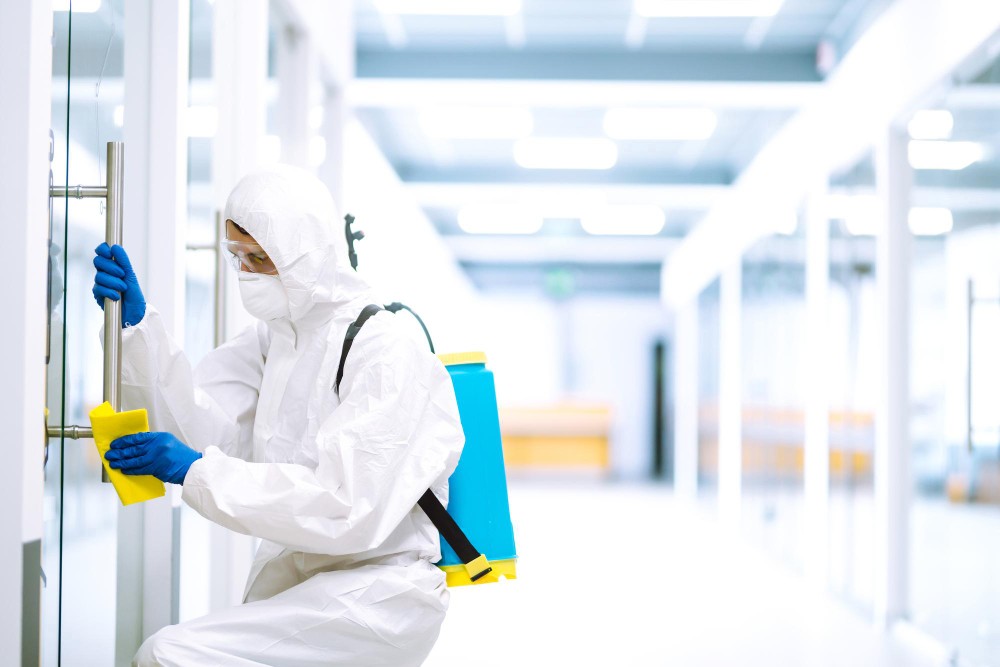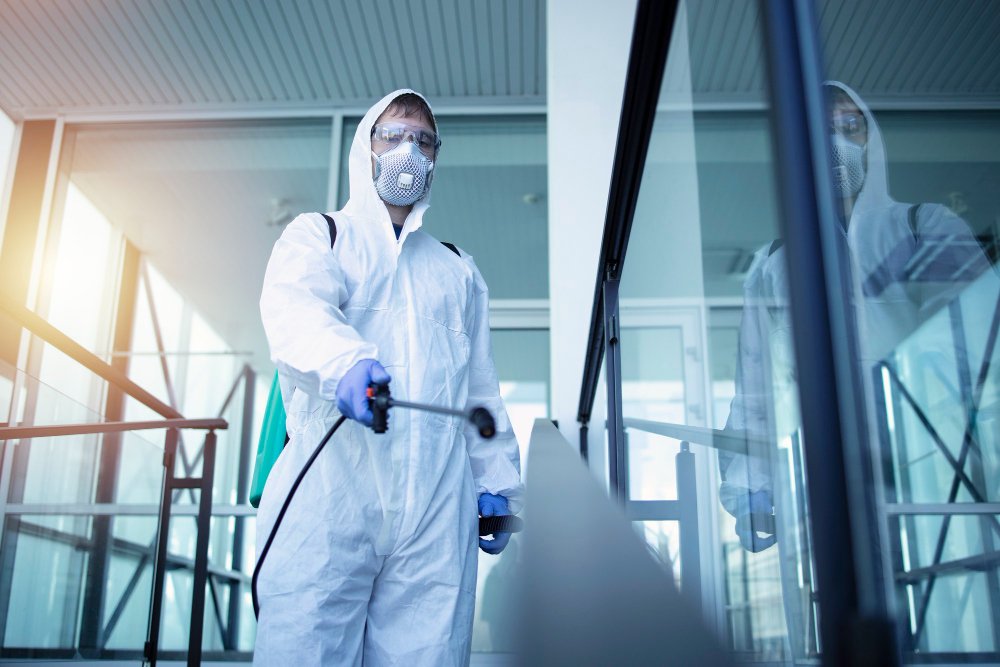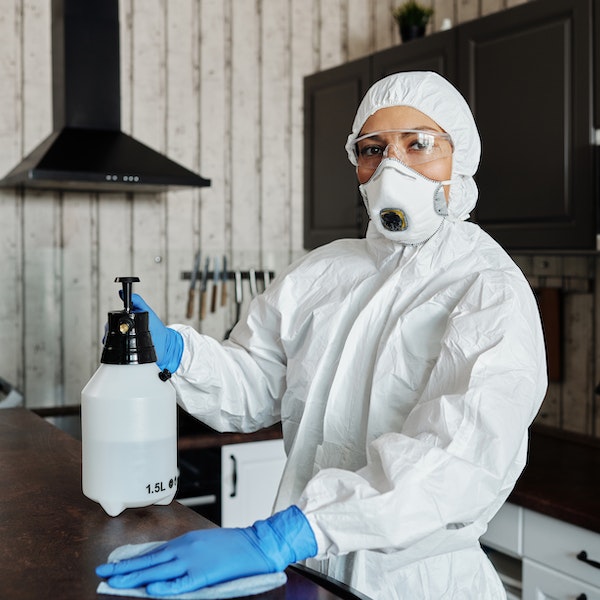Commercial Cleanroom Services
At JoncoWest, we are aware of how crucial it is to stop and get rid of contamination in regulated environments. We provide nationwide daily, weekly, or monthly visits.
At JoncoWest, we are aware of how crucial it is to stop and get rid of contamination in regulated environments. We provide nationwide daily, weekly, or monthly visits.
We adhere to International Organization for Standardization requirements, demonstrating our dedication to ongoing process improvement through accreditation to ISO 9001:2015. From micro-cleaning and critical environment sterilization to contamination control and microbiological environmental testing, JoncoWest provides comprehensive decontamination services for critical settings. Regular and infrequent cleanings are no problem; we offer nightly, weekly, or monthly service options.


Cleanrooms must be kept free of dust and other particles and are held to a rigorous cleaning standard. Organizations use cleanrooms to conduct experiments using bacteria, viruses and microbial agents. As a result, it’s essential to properly disinfect cleanrooms. Some cleanrooms receive an ISO rating for factors such as air filtration, test methods, and other cleanliness standards. This ISO rating can be based on the type of pharmaceutical, electronic, or other tests/production occurring in the cleanroom. The type of cleanroom also impacts the cleaning chemicals and techniques used to sanitize and disinfect.

A variety of items are manufactured in cleanrooms in sectors like biotechnology, pharmaceuticals, and medical equipment. To keep out pollutants like dust, germs, and particles that can enter the cleanroom from both inside and outside, these controlled environments need effective contamination control. Cleanrooms are designed to manage contamination to a specific level rather than to prevent contamination altogether.
Each requirement will vary depending on the cleanroom’s class, to be sure. The standards are based on the maximum particles permitted in controlled and uncontrolled environments, and the classes span from ISO 3 to ISO 9.
A minimum daily cleaning schedule is needed for every cleanroom, however requirements may be higher depending on how stringent the cleanroom’s regulations are. More stricter standards demand that inside surfaces and equipment be maintained clean, and that everyone inside the cleanroom follow proper gowning and masking procedures in addition to air quality control.